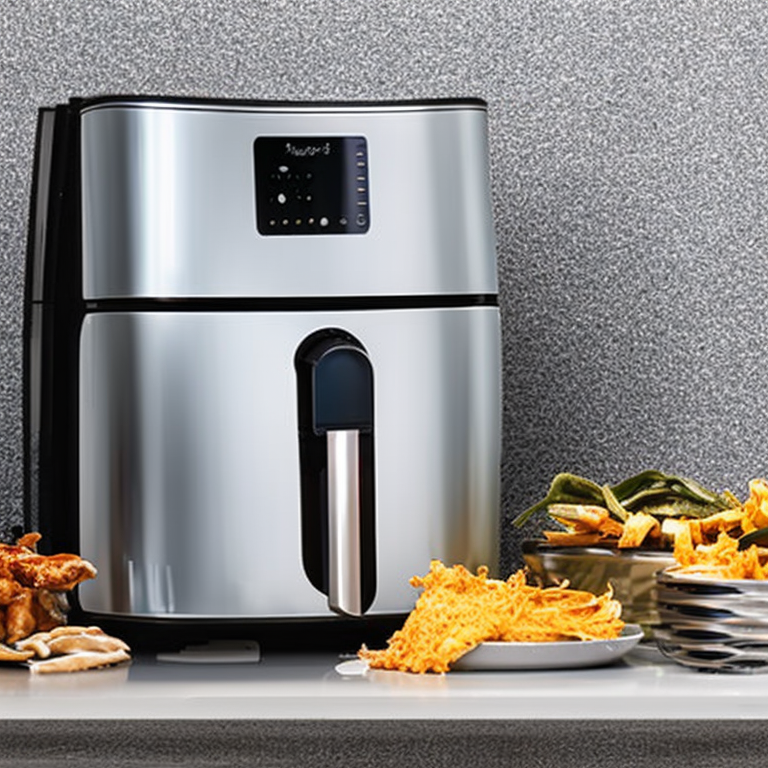
No, you should not put loose liquid directly into an air fryer basket. The rapid air circulation can cause splattering, uneven cooking, and even electrical hazards. While small amounts of liquid in heatproof containers might work, most air fryer manufacturers explicitly warn against pouring liquids directly into the appliance.
The fundamental design of air fryers makes them unsuitable for handling liquids. These appliances rely on intense, dry heat circulation to crisp food – a process that turns liquids into splattering hazards. When liquid hits the heating element (typically located at the top), it can cause smoking, unpleasant odours, or even electrical shorts. Many UK models like Ninja and Philips explicitly state in their manuals that liquids should never be added directly to the basket.
Even thick sauces or marinades can become problematic in an air fryer. As they heat up, their viscosity changes, causing them to drip through the basket holes onto the heating element below. This is why air fryer recipes typically call for brushing rather than pouring sauces. If you're adapting conventional recipes, you'll need to modify liquid quantities significantly or use alternative cooking methods for wet dishes.
While you can't pour broth or water directly into the air fryer, there are safer ways to incorporate moisture. Silicone or oven-safe containers placed in the air fryer basket can hold small amounts of liquid for steaming or sauce-making. Many UK cooks successfully use ramekins or silicone muffin cups for this purpose, ensuring they don't exceed half capacity to prevent bubbling over.
Another technique is the "foil boat" method – creating a shallow aluminium foil vessel to contain liquids. This works well for dishes like air fryer chicken with sauce, preventing drips while allowing heat penetration. Always monitor cooking closely when using these methods, as air fryers can heat small liquid volumes much faster than conventional ovens.
Accidental spills require immediate attention. First, unplug the unit and let it cool completely before attempting cleanup. Wipe away any liquid from the heating element and interior surfaces using a damp cloth – never submerge the appliance. Persistent odours may require a deep clean with specialised air fryer cleaner to remove burnt-on residues.
Certain air fryer models with dedicated steam functions can handle minimal liquids safely. The Ninja Foodi's "Steam & Crisp" setting, for example, uses a sealed container to contain moisture while still providing crisp results. Always consult your specific model's manual – what works for one air fryer might damage another.
When reheating saucy foods like curries or stews, transfer them to an oven-safe dish rather than placing them directly in the basket. The air fryer conversion chart can help adjust temperatures and times for these methods. For foods that absolutely require liquid cooking (like poached eggs), consider using your air fryer's dehydrate function at very low temperatures if available.
Oil might seem safe since air fryers use it for cooking, but pouring loose oil can cause flare-ups. Alcohol-based liquids are particularly dangerous due to flammability risks. Even water, if spilled onto electrical components, can cause short circuits. When making air fryer desserts that might release juices, always use a liner or catch tray.